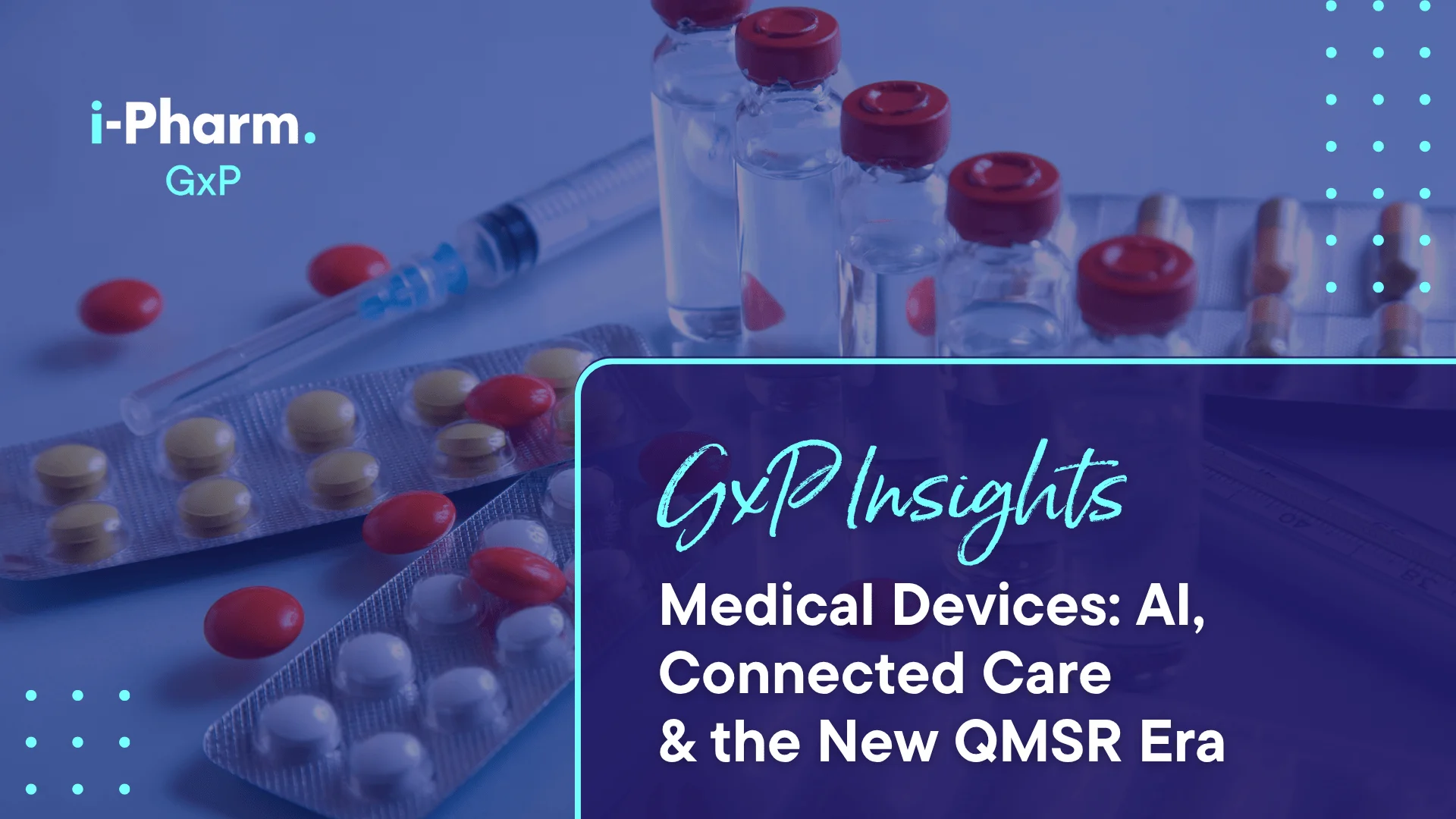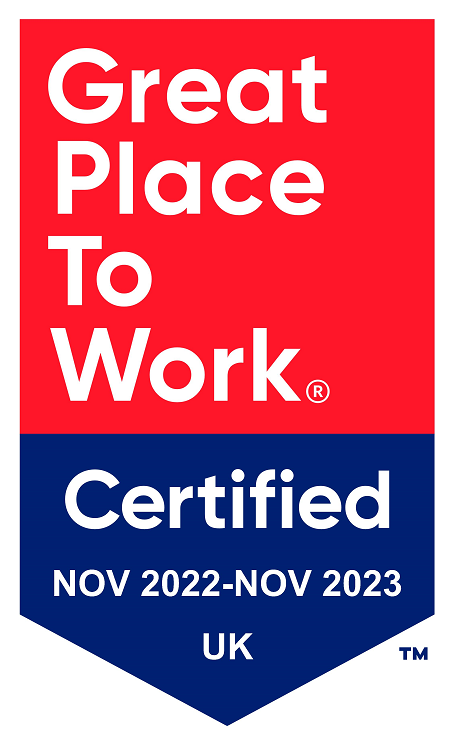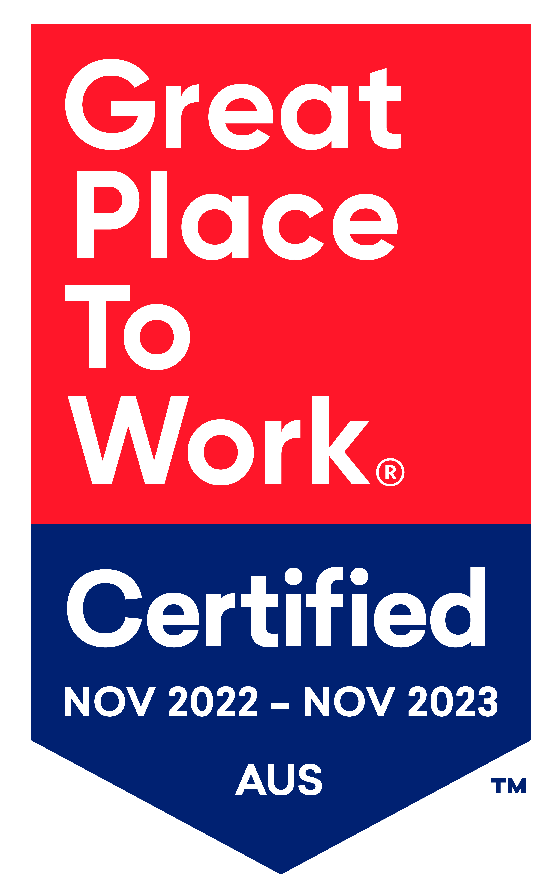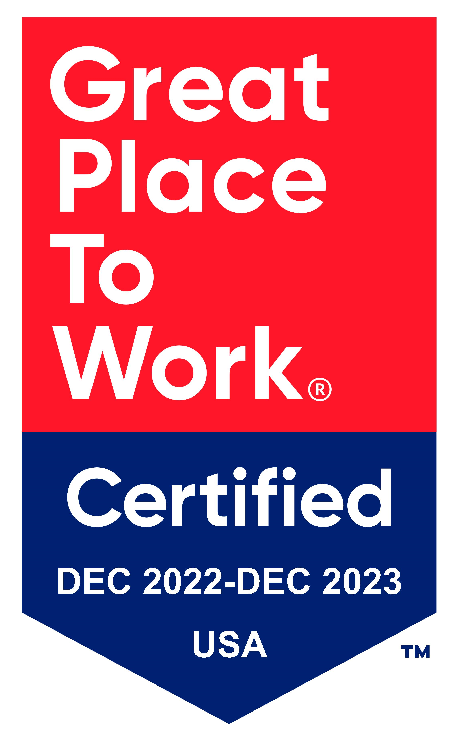GxP Insights: Medical Devices: AI, Connected Care & the New QMSR Era
20 Oct, 20255 minsWelcome to our monthly industry insights newsletter, tailored for professionals in Medical D...

Welcome to our monthly industry insights newsletter, tailored for professionals in Medical Devices, Biologics, Cell & Gene Therapy, and Sterile/Aseptic Manufacturing. Each edition delivers into a key topic within your industry, including expert perspectives, and career insights to help you stay ahead.
This month, we explore the rapid rise of AI-enabled medical devices and what it means for innovation, patient outcomes, and the future of regulatory oversight.
Why it matters: 1,000+ AI-enabled medical devices and a new quality standard
Medical devices are racing toward smarter, connected, and AI-enabled care: from surgical guidance and imaging to wearable insulin delivery and remote cardiac monitoring. The FDA’s official list of Artificial Intelligence and Machine Learning (AI/ML)-Enabled Medical Devices now includes over 1,000 authorized devices, up from around 590 in 2023, clear evidence that AI is increasingly integral to medical technology.
At the same time, the FDA also finalized its Quality Management System Regulation (QMSR) in the Federal Register, aligning US device quality requirements with ISO 13485:2016 and replacing the long-standing Quality System Regulation (21 CFR Part 820). The 2024 QMSR update gives companies a modern, globally aligned quality framework that makes it easier to develop, validate, and scale AI-enabled medical devices safely and efficiently. Compliance becomes mandatory in February 2026, giving manufacturers now just four months remaining.
For patients, the integration of AI innovation and modernized quality systems is transforming care delivery. AI-powered imaging and monitoring tools help clinicians detect disease earlier and tailor treatments with greater precision, while connected devices enable continuous oversight between visits, shifting care from reactive to proactive, especially for people managing chronic conditions like diabetes and heart disease.
Companies to watch: real-world AI in action
- GE HealthCare (Chicago, IL) - AI Imaging & Monitoring
GE HealthCare leads the US market in FDA-cleared AI-enabled devices - more than 100 authorizations to date - marking the fourth consecutive year of leadership. The company integrates AI across imaging to enhance speed, accuracy, and clinical workflow, aiming to surpass 200 authorizations by 2028.
A key example is Auto Positioning, which uses deep learning to automatically detect anatomical landmarks and optimize patient alignment in CT and PET/CT systems.
“We’re accelerating the pace of innovation to meet the urgency of today’s healthcare challenges. Reaching this milestone is also an important step along our journey of evolving from an imaging company to a healthcare solutions provider, enabling us to deliver holistic and integrated solutions that meet our customers’ needs today and will help enable them to stay ahead in a rapidly evolving healthcare environment,” - Dr Taha Kass-Hout, Global Chief Science and Technology Officer, GE Healthcare
- Johnson & Johnson MedTech (New Brunswick, NJ) - AI-Assisted Surgery
J&J launched VIRTUGUIDE™ in July 2025, an AI-powered patient-matched Lapidus system to reduce complexity in bunion surgery, with early results reporting a 30-minute reduction in surgical time versus traditional treatment. This year, they also introduced the Polyphonic AI Fund with NVIDIA & AWS to accelerate AI in the OR, and advance data-driven healthcare.
- Insulet (Acton, MA) - Automated Insulin Delivery
Insulet’s Omnipod® 5 became the first FDA-cleared automated insulin delivery (AID) system approved for both Type 1 and Type 2 diabetes in 2024, marking a major step in closed-loop, algorithm-driven glucose control. The system automatically adjusts insulin delivery based on continuous glucose readings. In early 2025, at the ADA conference, Insulet reported that over 30% of new Omnipod 5 patient starts were Type 2 diabetes users, underscoring strong adoption following its expanded FDA indication.
- Boston Scientific (Marlborough, MA) - Cardiac Remote Monitoring
In 2024, Boston Scientific gained FDA approval for LATITUDE 6.0, a system enabling physicians to remotely monitor patients with implantable cardiac devices, improving vigilance between clinic visits. Just last month, they released real-world data from 15,000 wirelessly monitored patients, demonstrating how remote monitoring can identify critical cardiac events earlier and support faster clinical intervention.
- BD (Franklin Lakes, NJ) - Connected Drug Delivery & AI Procedural Support
In April 2025, Becton, Dickinson and Company (BD) launched the HemoSphere Alta™ Advanced Monitoring Platform, powered by predictive, AI-driven algorithms that help clinicians proactively manage hemodynamic instability in critical-care settings. The system provides real-time, data-guided insights to anticipate patient deterioration and support faster intervention.
Skills in demand
The rise of AI-enabled medical devices is creating strong demand for professionals who can bridge data, design, and regulation. These are the core skills shaping the market right now:
- Machine Learning & Data Science: building and validating transparent, bias-free AI models for clinical reliability. Key skills: algorithm validation, bias mitigation, real-world monitoring, explainable AI, Python/TensorFlow
- SaMD & Software Lifecycle Management: developing and maintaining compliant software systems under QMSR and IEC 62304. Key skills: design control, software V&V, cybersecurity, risk management, post-market algorithm updates
- Regulatory & Quality Strategy: navigating evolving pathways for AI/ML device approvals and lifecycle oversight. Key skills: 510(k)/De Novo preparation, PCCP development, ISO 13485 alignment, CAPA, PMS planning
- Human Factors & Clinical Integration: ensuring AI tools are intuitive, safe, and clinically trusted. Key skills: human-centered design, workflow mapping, validation testing, clinician engagement
- Data Governance & Cybersecurity: protecting patient data and maintaining system integrity in connected devices. Key skills: encryption, SBOM management, HIPAA compliance, privacy-by-design, interoperability (HL7/FHIR)
Innovation hubs
Across the US East Coast, several regions are emerging as key hubs for AI-enabled medical device innovation. Boston and Cambridge, Massachusetts stand out, home to Boston Scientific, and with initiatives like the LabCentral AI BioHub supporting AI-forward biotech startups.
New Jersey’s innovation corridor, home to BD and Johnson & Johnson, is gaining momentum with the launch of a MedTech Strategic Innovation Center in Camden/Mullica Hill, designed to accelerate early-stage device development and foster industry–academia collaboration.
Further south, North Carolina’s Research Triangle Park continues to expand its medtech and biologics footprint - Biogen’s recent $2 billion manufacturing investment reinforces the region’s status as a life sciences powerhouse.
Meanwhile, in the Midwest, Chicago is establishing itself as a central hub for AI-driven imaging and diagnostics, led by GE HealthCare.
Regulatory outlook & what’s next
With QMSR compliance becoming mandatory on February 2, 2026, device manufacturers now have only a few months to finalize alignment: updating documentation to ISO 13485:2016, strengthening risk management and CAPA systems, and ensuring traceability from design through post-market surveillance.
In parallel, the FDA continues to refine its oversight of AI technologies. The final guidance on Predetermined Change Control Plans (PCCPs), issued in late 2024, now allows certain pre-authorized AI software modifications without resubmission, while the January 2025 draft guidance on AI-enabled device lifecycle management outlines expectations for transparency, real-world performance monitoring, and algorithmic change control. The agency has also invited public comment on real-world AI device performance, underscoring a shift toward continuous post-market learning and accountability.
Together, these developments mark a pivotal turning point: companies must now demonstrate not only that AI works safely at launch, but that it continues to learn and perform reliably throughout its lifecycle. As 2026 approaches, expect to see adaptive approvals, greater use of real-world evidence, and a new generation of AI-driven devices built around patient safety and continuous improvement, positioning the US MedTech sector at the forefront of responsible, data-enabled healthcare innovation.
Over to you
As AI takes on a larger role in medical device design and oversight, will the industry’s biggest challenge be keeping pace with regulation, or keeping regulation in pace with innovation?
i-Pharm GxP
At i-Pharm GxP, we work alongside the Life Sciences organisations leading this evolution, helping them scope, staff, and deliver the GxP talent they need to succeed in a changing landscape.
If you’re exploring your next step, we’d love to connect.
Found these insights helpful? Be sure to share them with your network and subscribe here for monthly updates and exclusive industry insights straight to your Inbox.








